Do Ferrets Get Along with Cats?
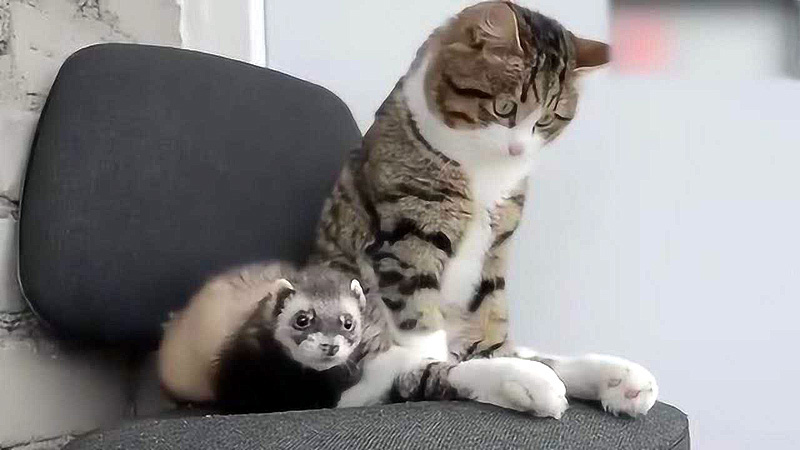
Many households have multiple kinds of animals, each with their own unique personalities and needs. If you have a ferret or are thinking of getting one, you'll want to know if the pet ferret would get along with your existing pets, such as cats. This is a complex issue and depends a lot on the individual personality and characteristics of both the ferret and the cat.
In this article, we will delve into the dynamics between ferrets and cats, exploring whether they can get along and how to facilitate a harmonious relationship between them.
Understanding the Nature of Ferrets and Cats
Before we discuss whether ferrets and cats can live together peacefully, it is important to understand the natural behaviors and instincts of these animals:
Ferret Behavior and Instincts
Ferrets are small, carnivorous mammals known for their playful and curious nature. They are highly social animals that enjoy interacting with humans as well as other animals. Ferrets are known to be mischievous and have a strong urge to explore their surroundings. They are also known for their playful nature and enjoy chasing and wrestling with other animals.
Cat Behavior and Instincts
Cats, on the other hand, are solitary animals by nature. They have a strong sense of territory and can be quite independent. Cats are known for their agility, hunting instinct, and need for play and exercise. While some cats may be more sociable and enjoy the company of other animals, others may be more aloof and prefer to be the sole center of attention in their environment.
Can Ferrets and Cats Coexist?
The short answer is yes, ferrets and cats can live together harmoniously under the right circumstances. However, it is important to remember that every animal is unique and has its own personality and individual preferences. Some ferrets may be more sociable and enjoy playful interactions with cats, while others may be more reserved or prefer the company of humans. Similarly, some cats may be more accepting and tolerant of a new ferret companion, while others may view the ferret as an intruder or prey.
Tips for Introducing Ferrets and Cats
If you are considering introducing a ferret to your household with existing cats, it is essential to take a gradual and cautious approach. Here are some tips to help facilitate a positive introduction between your ferret and cat:
1. Prepare Separate Spaces
Before introducing the ferret and cat, it is important to provide separate spaces for each animal. This will allow them to have their own territories and safe zones where they can retreat if feeling overwhelmed or threatened. Provide separate feeding areas, litter boxes, and sleeping spaces to ensure that each animal has their own resources.
2. Establish Familiar Scents
To familiarize the animals with each other's scent, you can use towels or bedding from one animal's area and place it in the other animal's space. This will allow them to become accustomed to each other's smell and reduce any potential anxiety or aggression during the introduction.
3. Gradual Introduction
When the time comes to introduce the ferret and cat, it is important to do so gradually and under controlled circumstances. Begin by allowing the animals to become aware of each other's presence through a cracked door or a baby gate, ensuring that they cannot physically interact. Allow them to sniff and observe each other from a safe distance, gradually increasing the duration of these encounters over time.
4. Supervise Initial Interactions
When you feel that both the ferret and cat are comfortable with each other's presence, you can progress to supervised, controlled interactions. Use a large playpen or a securely fenced area to allow them to interact while ensuring their safety. Keep a close eye on their behavior and be prepared to intervene if any signs of aggression or stress are displayed.
5. Positive Reinforcement and Rewards
During the introduction process, it is crucial to reward positive interactions and behaviors from both the ferret and cat. Offer treats, praise, and affection whenever they exhibit calm and friendly behavior toward each other. This positive reinforcement will help create positive associations and encourage the animals to continue interacting peacefully.
6. Separate Feeding Areas and Resources
To minimize any potential conflict or resource guarding between the ferret and cat, it is recommended to provide separate feeding areas and resources. This will help prevent any competition or territorial behaviors, ensuring a harmonious and stress-free coexistence.
Maintaining a Harmonious Relationship
Once your ferret and cat have been successfully introduced, it is important to maintain a healthy and harmonious relationship between them. Here are some tips to help foster a positive and peaceful coexistence:
1. Respect Individual Boundaries
Just like humans, animals have their own boundaries and preferences. Respect these boundaries and give each animal enough space to retreat and have alone time when needed. Avoid forcing interactions or overwhelming either animal with unwanted attention.
2. Encourage Play and Exercise
Providing regular playtime and exercise for both the ferret and cat is essential for their physical and mental well-being. Engage in interactive play sessions with appropriate toys and activities that stimulate their natural instincts. This will help release any excess energy and prevent boredom, reducing the likelihood of any unwanted behaviors.
3. Regular Veterinary Care
Regular veterinary care is important for both ferrets and cats. Schedule routine check-ups and vaccinations for both animals to ensure their health and well-being. Consult with your veterinarian about any specific concerns or precautions related to having a ferret and cat living together.
4. Multiple Litter Boxes
Having multiple litter boxes is crucial when you have both a ferret and a cat. Ferrets have different toileting habits than cats, and providing them with their own designated litter box will help prevent any territorial disputes or stress around bathroom usage.
5. Monitoring and Supervision
Even after the initial introduction, it is important to continue monitoring the interactions between your ferret and cat. Animals can sometimes change their behavior or develop new dynamics over time. Keep a watchful eye on their interactions and be prepared to intervene if any signs of aggression or stress arise.
Final Thoughts
While ferrets and cats can live together harmoniously, it is important to approach their introduction with caution and to consider the unique personalities and behaviors of each animal. By following the tips outlined in this article, providing a gradual and supervised introduction, and ensuring that both animals have their own space and resources, you can increase the chances of a positive and peaceful coexistence between your ferret and cat. Remember to be patient, observe their interactions, and make adjustments as necessary to create a happy and fulfilling relationship between these furry companions.
You May Also Like
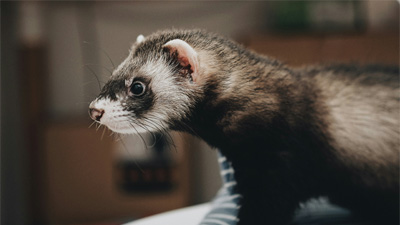 Other PetsAre Ferrets Good Pets? Exploring the Pros and Cons
Other PetsAre Ferrets Good Pets? Exploring the Pros and Cons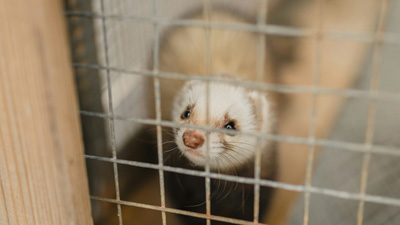 Other PetsWhy Are Ferrets Illegal in the US?
Other PetsWhy Are Ferrets Illegal in the US? Other Pets5 Fascinating Facts About Ferrets, Did You Know?
Other Pets5 Fascinating Facts About Ferrets, Did You Know?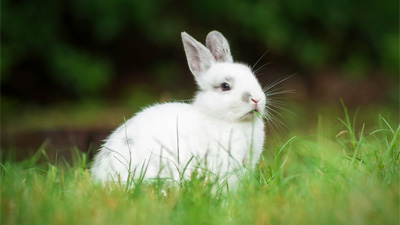 Help & AdviceExploring 6 of The Friendliest Small Pets
Help & AdviceExploring 6 of The Friendliest Small Pets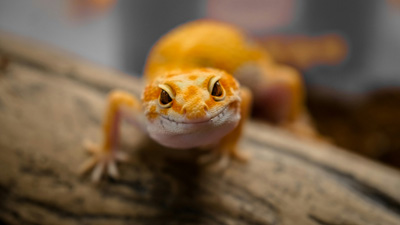 Help & AdviceTop 10 Exotic Pets Perfect for Apartment Living
Help & AdviceTop 10 Exotic Pets Perfect for Apartment Living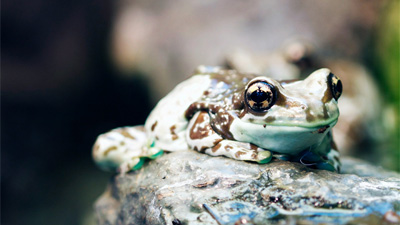 Help & AdviceExploring 10 Easiest Exotic Pets to Take Care Of
Help & AdviceExploring 10 Easiest Exotic Pets to Take Care Of